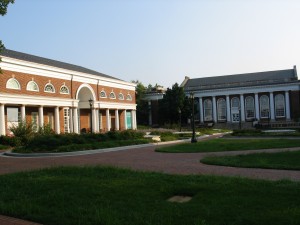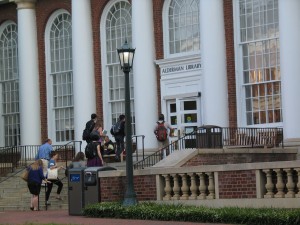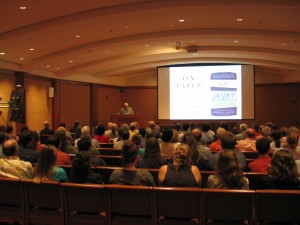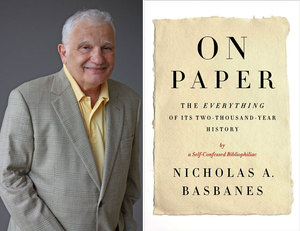Rare Book School Day 2
Recall that I am attending RBS in general to enhance the quality of all of my courses, but specifically to develop a course on “The Impact of Print Culture on Connecticut History, 1700-1900” (working title) for our American Studies program, which will be part of its new track, “New England and the Nation.”
 We began today with a discussion about the ways in which we can establish clear goals in terms of what our students will take away from our instruction (from one-off presentations, which most librarians do, to semester-long courses, which are generally run by faculty, and everything in between). The absolute essentials of what the students should come away with, in terms of bibliographic literacy, were five in number: format, edition, impression, issue, and state. It is also crucial, we have been convinced, to “follow the money” when it comes to unpacking the rationales and contexts of book production.
We began today with a discussion about the ways in which we can establish clear goals in terms of what our students will take away from our instruction (from one-off presentations, which most librarians do, to semester-long courses, which are generally run by faculty, and everything in between). The absolute essentials of what the students should come away with, in terms of bibliographic literacy, were five in number: format, edition, impression, issue, and state. It is also crucial, we have been convinced, to “follow the money” when it comes to unpacking the rationales and contexts of book production.
It is helpful to have a goal with parameters which can be contracted to one class period, or expanded to multiple ones. We also discussed the pedagogical merits of instructional videos which can be found on YouTube or for sale, on various processes such as papermaking, binding, typecasting, printing on various presses, etc.
One comment that Michael Suarez made about the potential of London fire insurance records viz. book history made me think about looking into similar records in Hartford, with an eye to seeing if printers or booksellers carried such insurance for their equipment and stock. This may be a fruitful angle of inquiry in terms of getting at certain telling types of data. I am hoping there are such records, and the question is, assuming I do find them–what are the ways in which I can incorporate them into my assignments? This idea of thinking all the way around the economic and social aspects of books, as well as their intellectual ones, is a compelling methodology, and I am sure the students will find it so as well. It translates to a more robust self-training on my part, but hey—what else am I in this business for if not to learn about what I love to learn about, and pass that passion and curiosity to others?
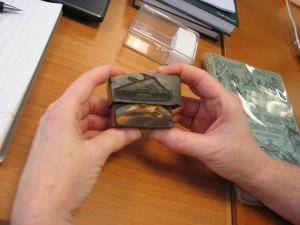 The mid-day session comprised lengthy discussions on illustrative processes and the ways in which they can be approached and taught, depending on our audiences. We decided that the field needs the equivalent of Gaskell’s A New Introduction to Bibliography that covers only the production processes of the 20th century. This would be an incredibly useful tool for teaching, if a one-volume overview could be compiled, perhaps as an anthology, with chapter-length contributions from specialists on each major process used in all aspects of book production during the period.
The mid-day session comprised lengthy discussions on illustrative processes and the ways in which they can be approached and taught, depending on our audiences. We decided that the field needs the equivalent of Gaskell’s A New Introduction to Bibliography that covers only the production processes of the 20th century. This would be an incredibly useful tool for teaching, if a one-volume overview could be compiled, perhaps as an anthology, with chapter-length contributions from specialists on each major process used in all aspects of book production during the period.
 We ended in special collections again, discussing one special “pair” of books to teach with—the so-called “Nuremburg Chronicle” (Liber Chronicarum, 1493) and its 1497 “pirated” edition.
We ended in special collections again, discussing one special “pair” of books to teach with—the so-called “Nuremburg Chronicle” (Liber Chronicarum, 1493) and its 1497 “pirated” edition.
I am proud to report that not only does the Watkinson have FOUR copies of the Nuremburg Chronicle (two in German, one partially colored but complete, one colored throughout that lacks 9 leaves; and two in Latin, one complete and partially colored, and the other uncolored and lacking 6 leaves). We also have a copy of the “pirated” edition.
We also viewed “A Noble Fragment” (a leaf from the Gutenberg Bible), and discussed the ways in which one might present that leaf to students (we have two such leaves at Trinity—one from the Old Testament, and the other from the New).
It’s a great day when you realize anew the richness of your own collection and its pedagogic potentialities!!

